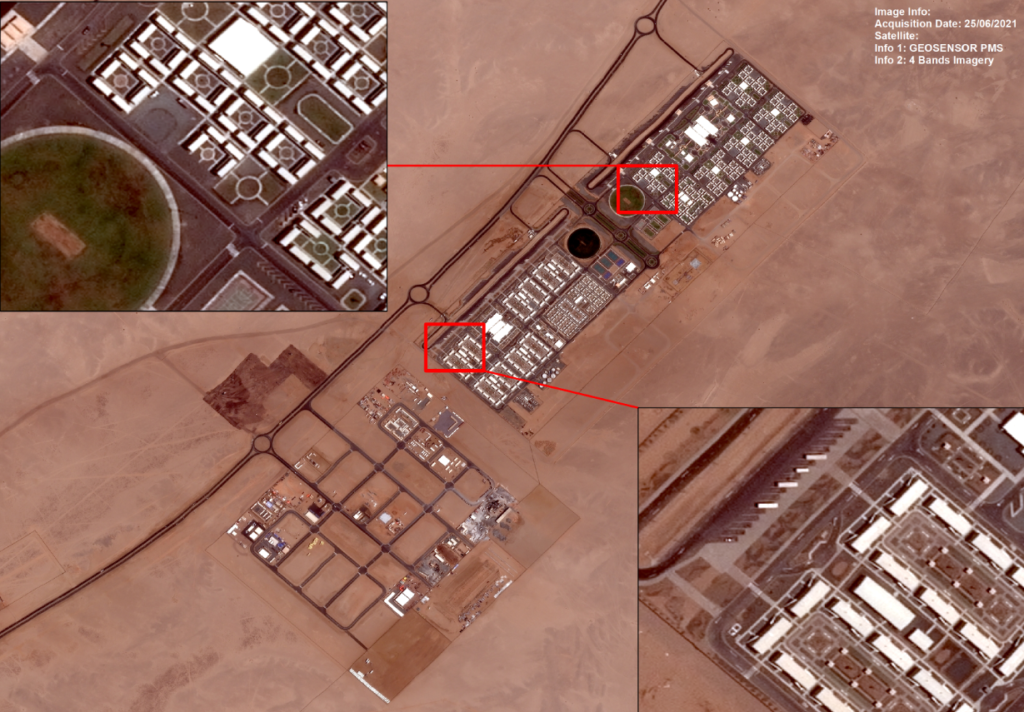The Red Sea Development Company (TRSDC), the developer behind the world’s most ambitious regenerative tourism project, has partnered with The King Abdulaziz City for Science and Technology (KACST) to provide high resolution satellite data of key locations at The Red Sea Project.
The satellite imagery improves TRSDC’s ability to monitor The Red Sea Project, which covers around 28,000km2, allowing it to track construction progress while at the same time closely monitoring the environment for any unexpected changes, in order to respond appropriately if needed.
“Given our ambition is to enhance the environment, gaining reliable, detailed and timely visual insights is crucial to understanding how our development progress is affecting the precious habitats at the destination,” said John Pagano, CEO of TRSDC. “Through this partnership with KACST we are able to monitor key assets, both built and natural, during the construction phase which will significantly support our efforts to deliver a regenerative approach to tourism development.”
KACST will use the National Center of Remote Technology (NCRST) to capture high-resolution data of The Red Sea Project’s development sites every month. The imagery will be color-balanced, georeferenced, orthorectified, with (NCRST) using satellites GeoEye-1, Worldview and Pleiades to capture images.
The satellite data will then be integrated into TRSDC’s Geographic Information Systems (GIS) and Building Information Models (BIM) to provide seamless access to the imagery for TRSDC’s planning, engineering and environmental departments.
Specifically, TRSDC’s GIS department will overlay the latest masterplans and detailed designs onto the satellite data to monitor progress and detect clashes.
The data will also be used to identify optimal routes/sites for construction activities in addition to becoming an invaluable addition to monthly progress reports.
Dr. Talal A. Alsedairy, Director of Space & Aeronautics Research Institute at KACST said: “TRSDC is developing the premier global destination for barefoot luxury, and their regenerative approach to tourism development is already creating new, environmentally sustainable opportunities for the Saudi people. We’re very excited to become an important part of its construction. Remote Sensing Center (NCRST) is ready to support TRSDC and provide world-class satellite imagery of its project area that will enable it to gain deeper insights into how construction is progressing and what impact its work is having on the surrounding environment.”




